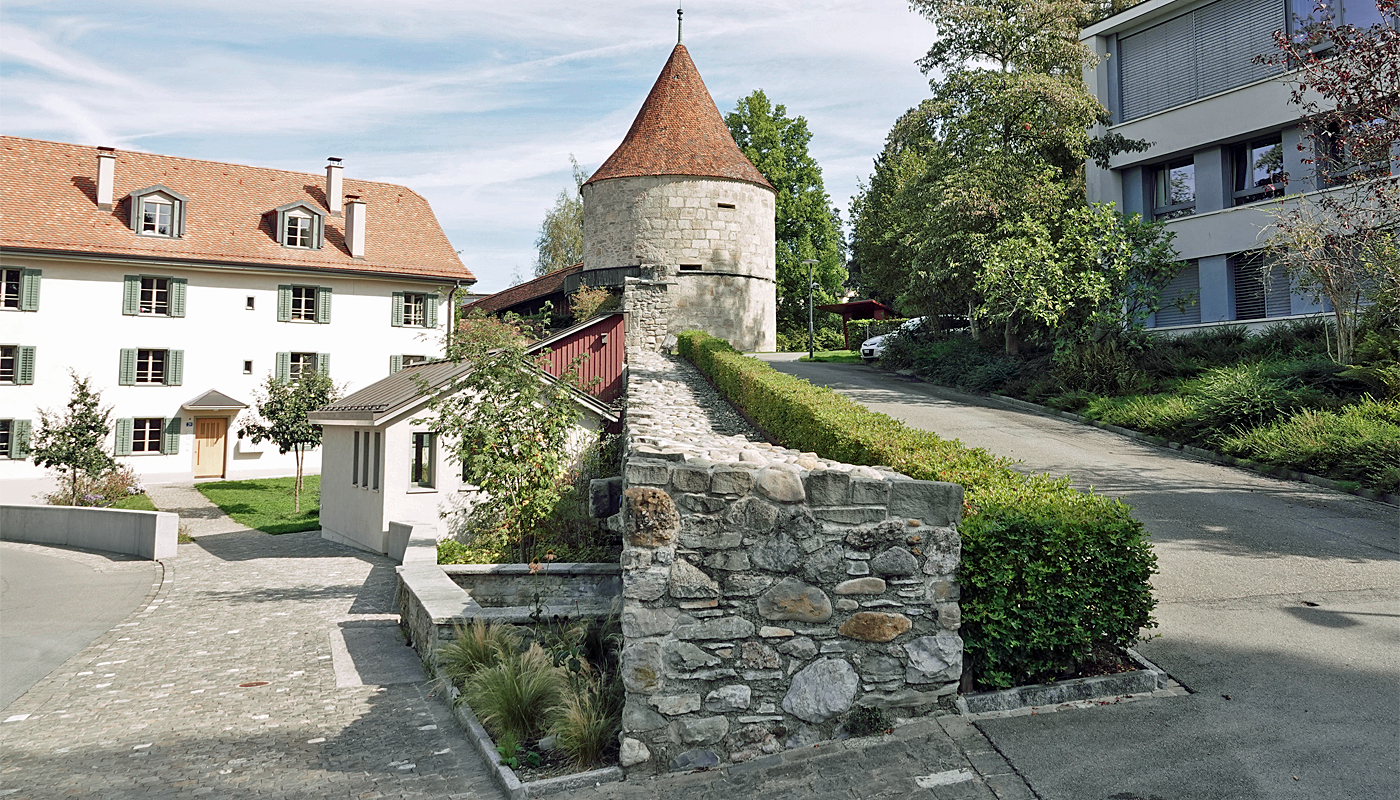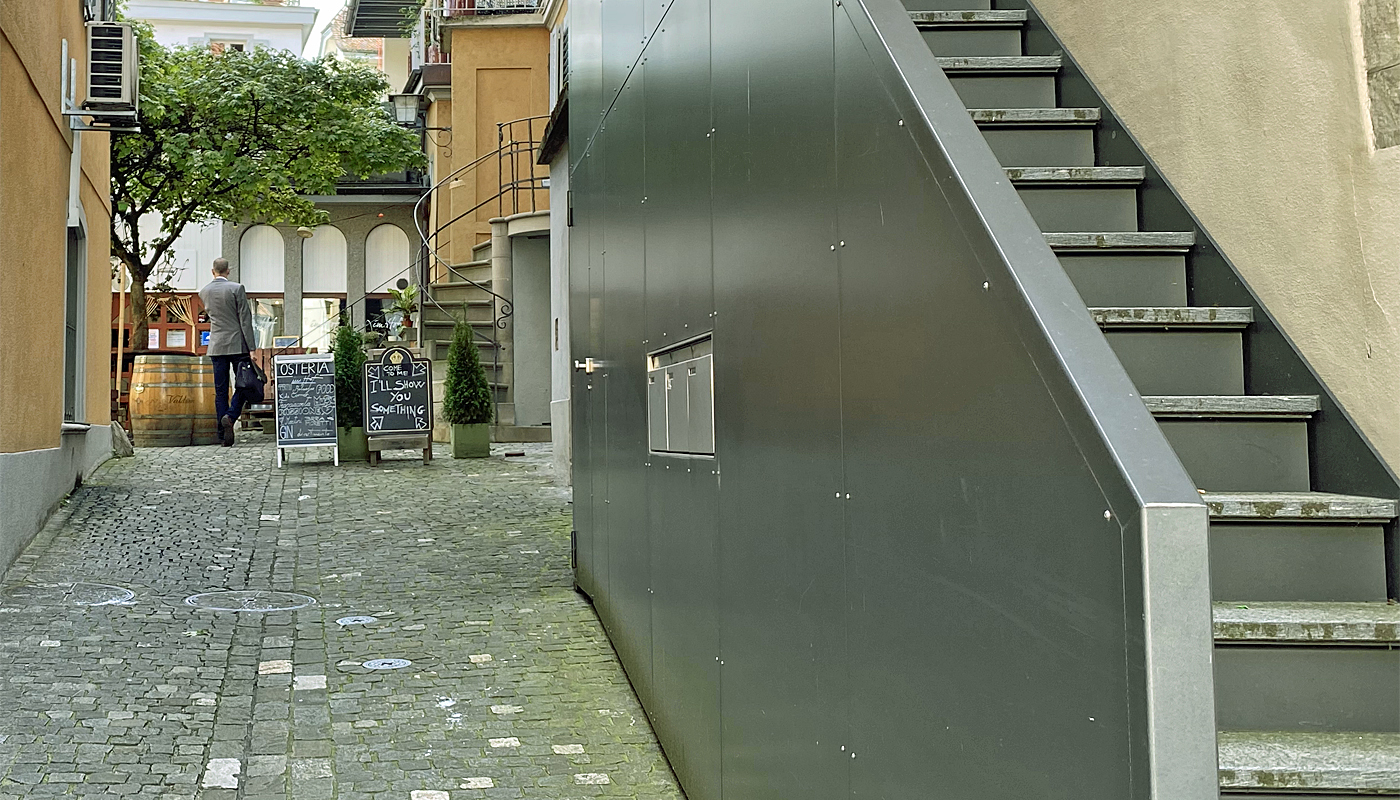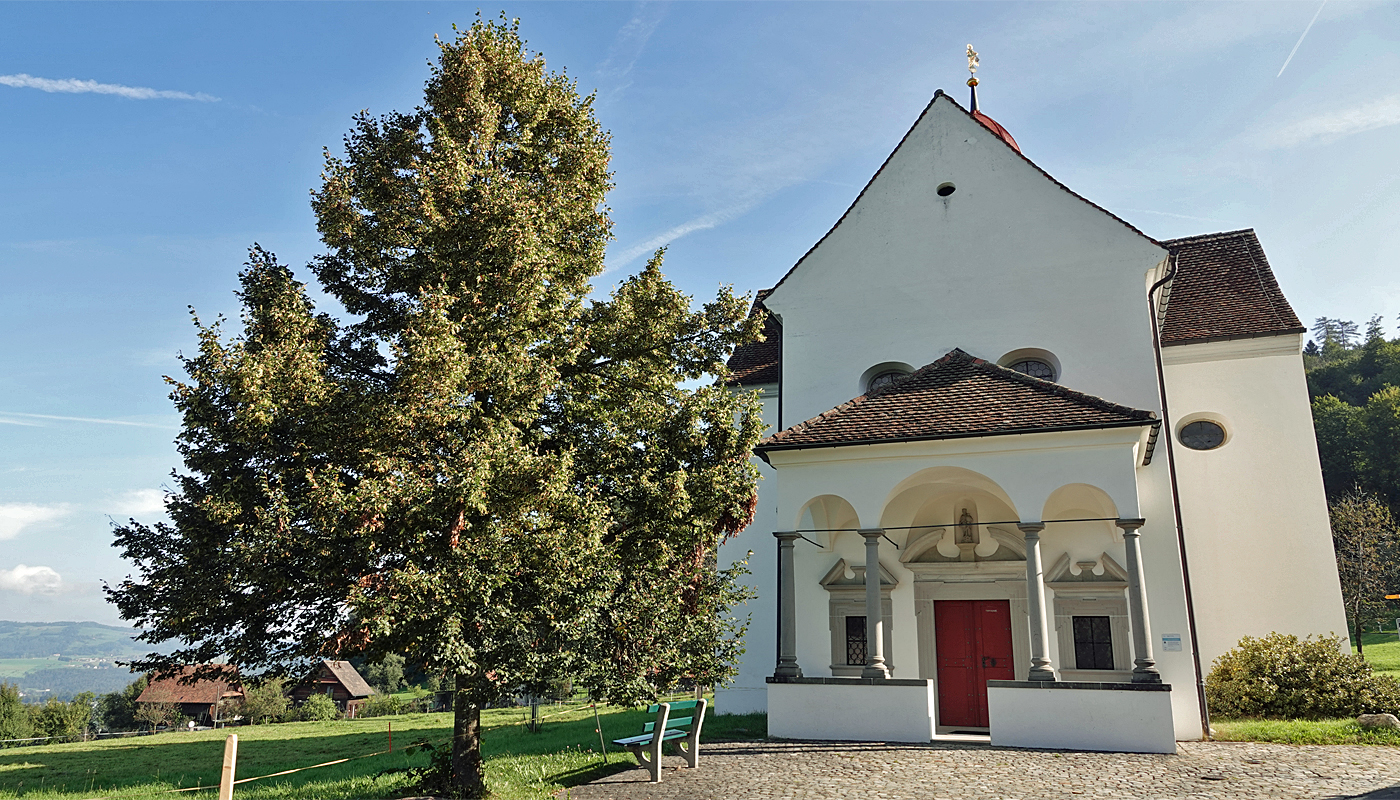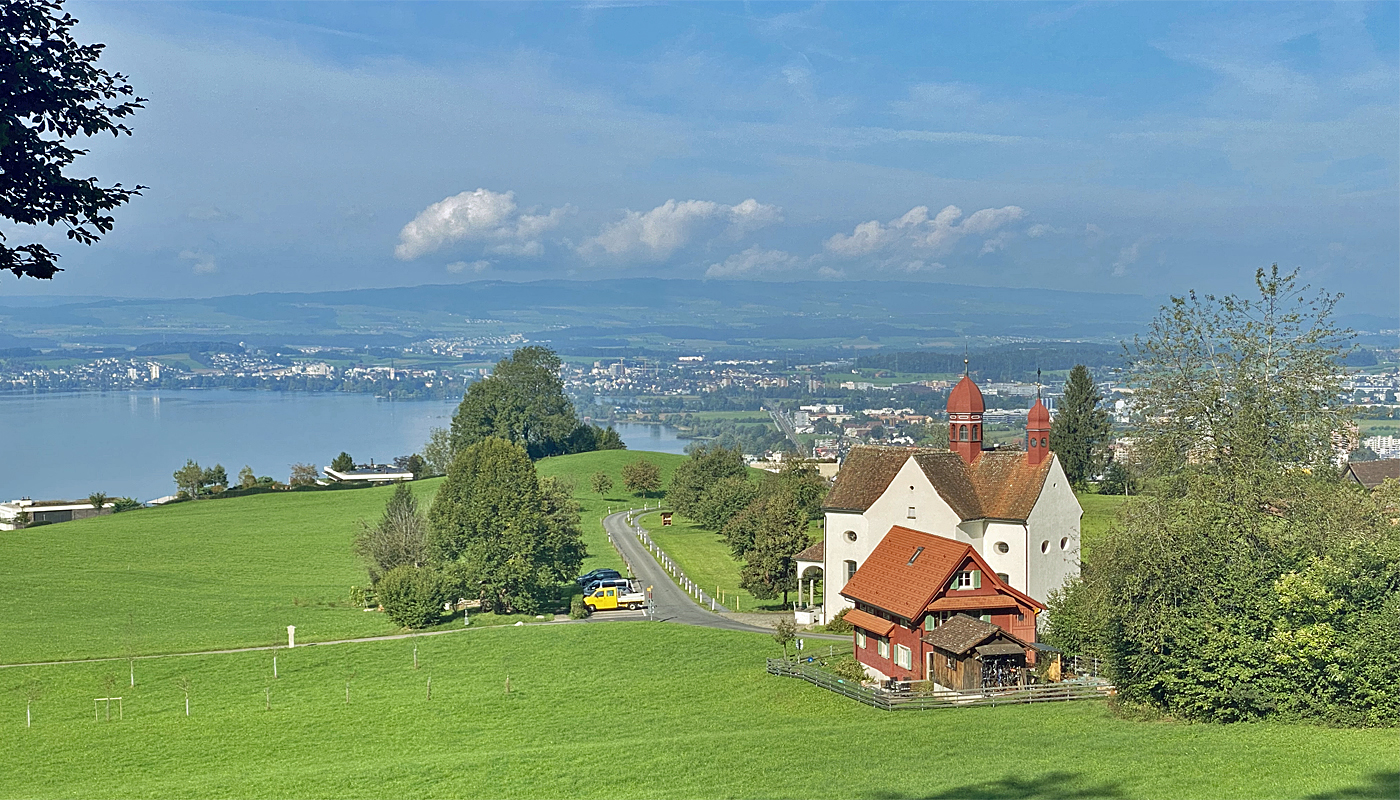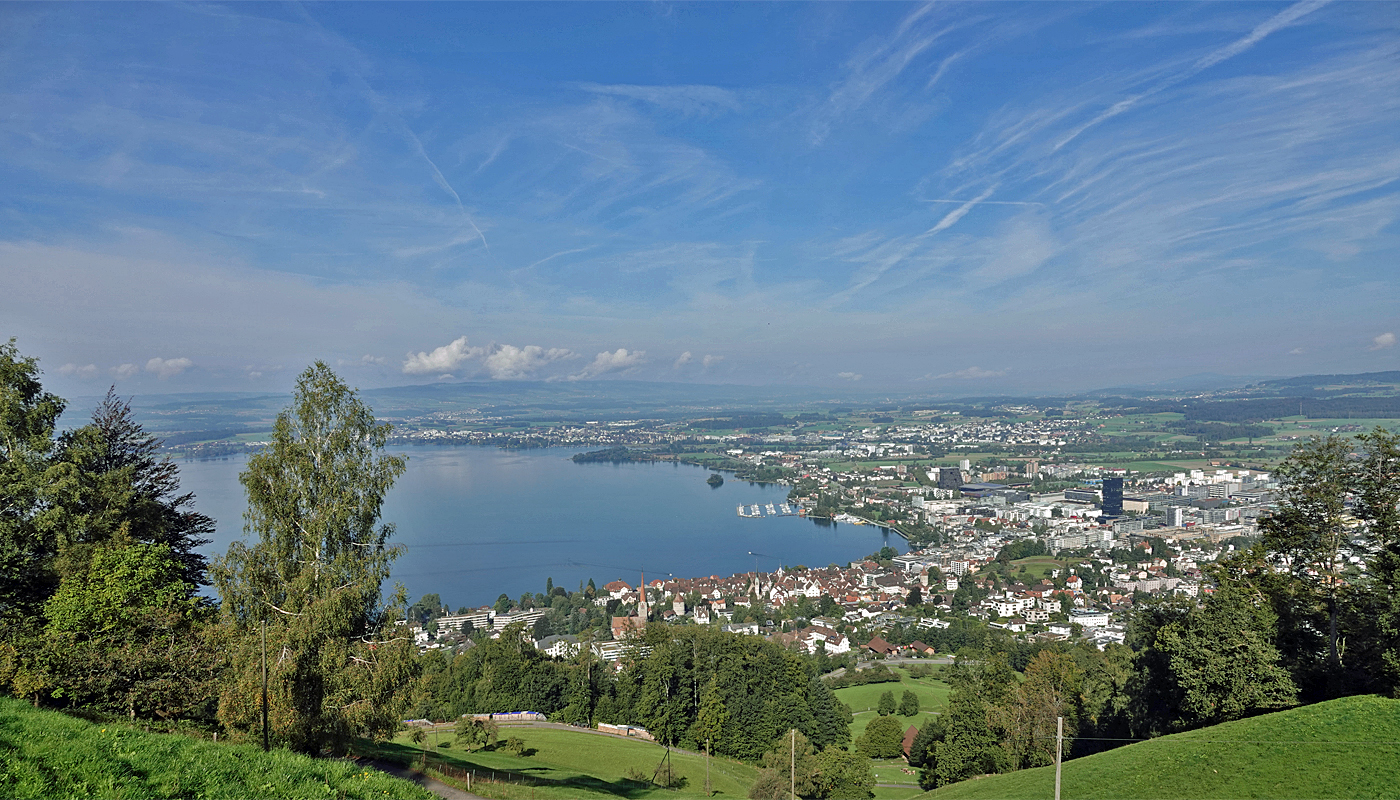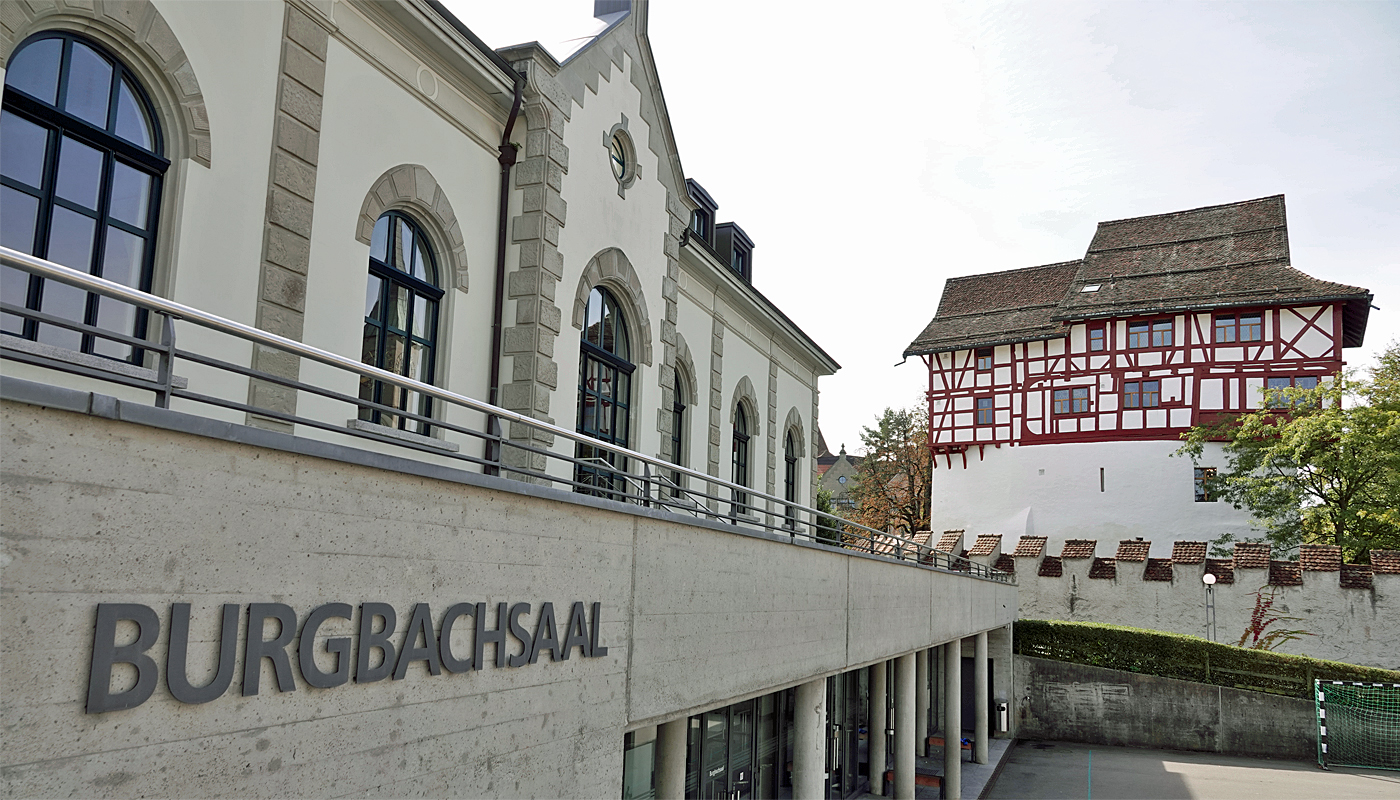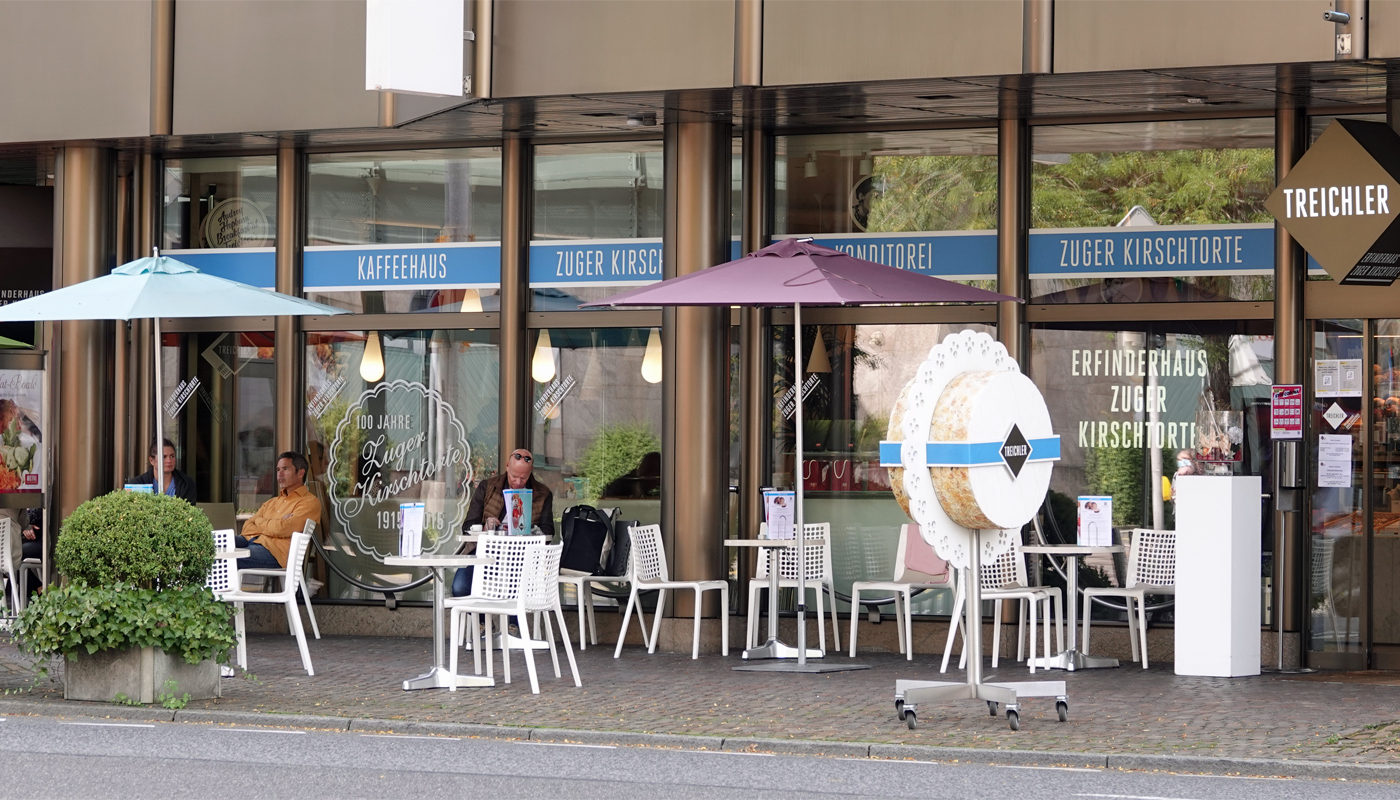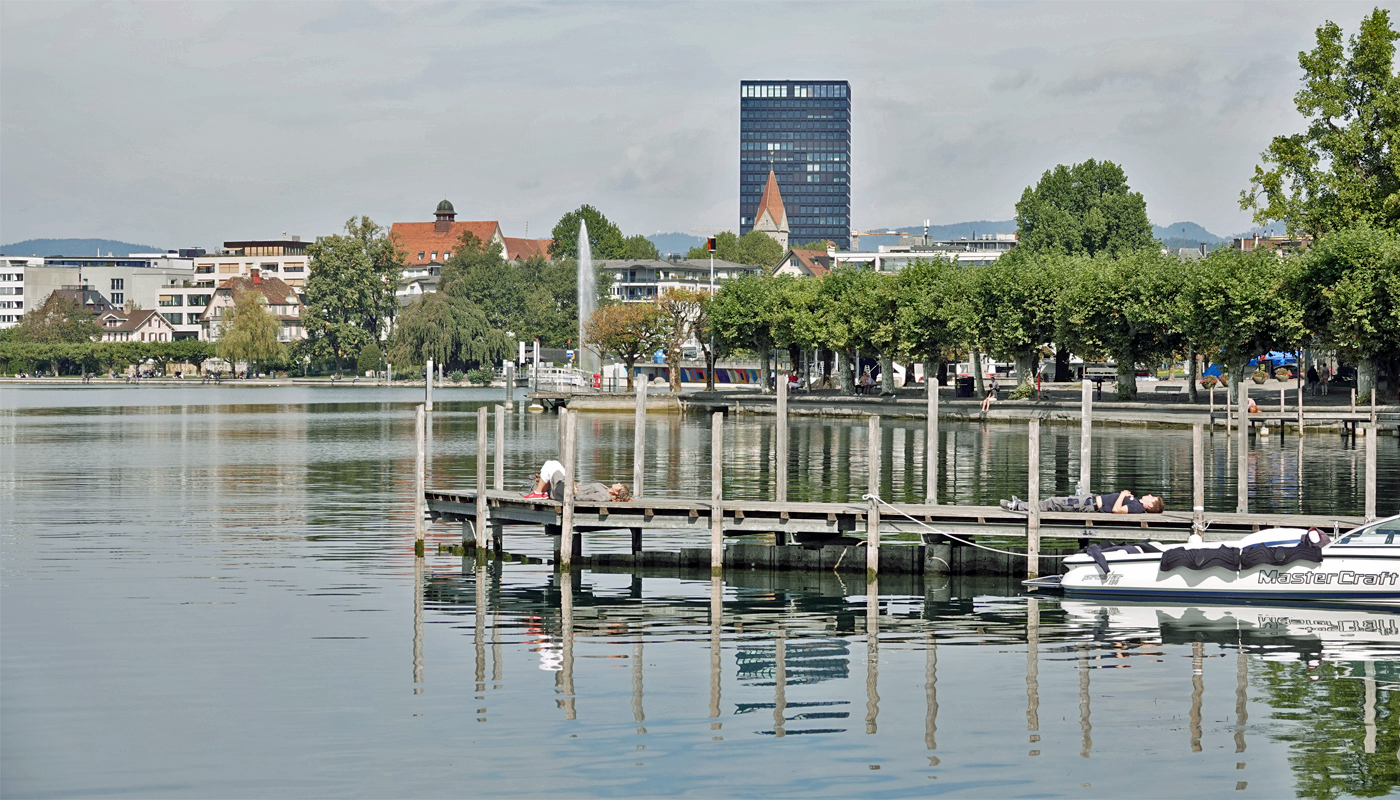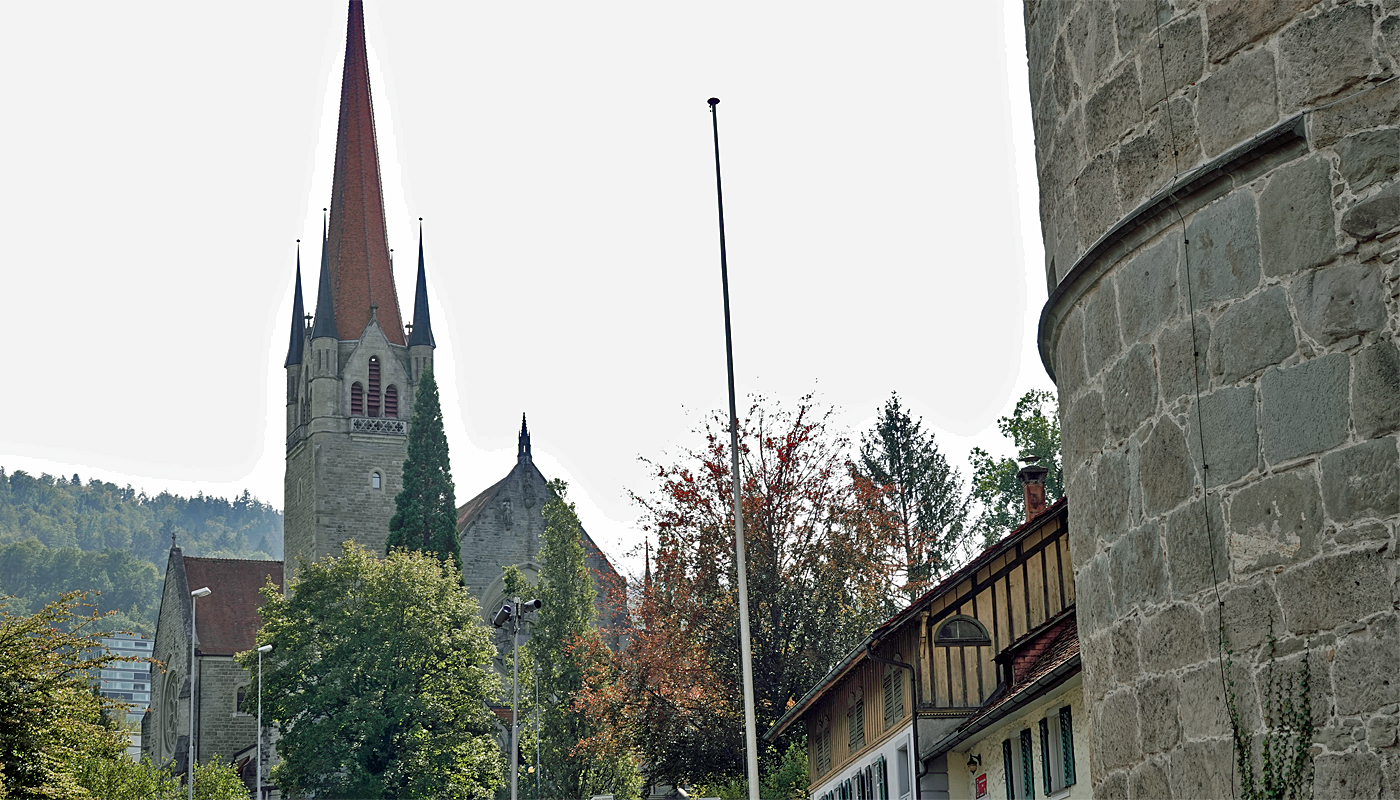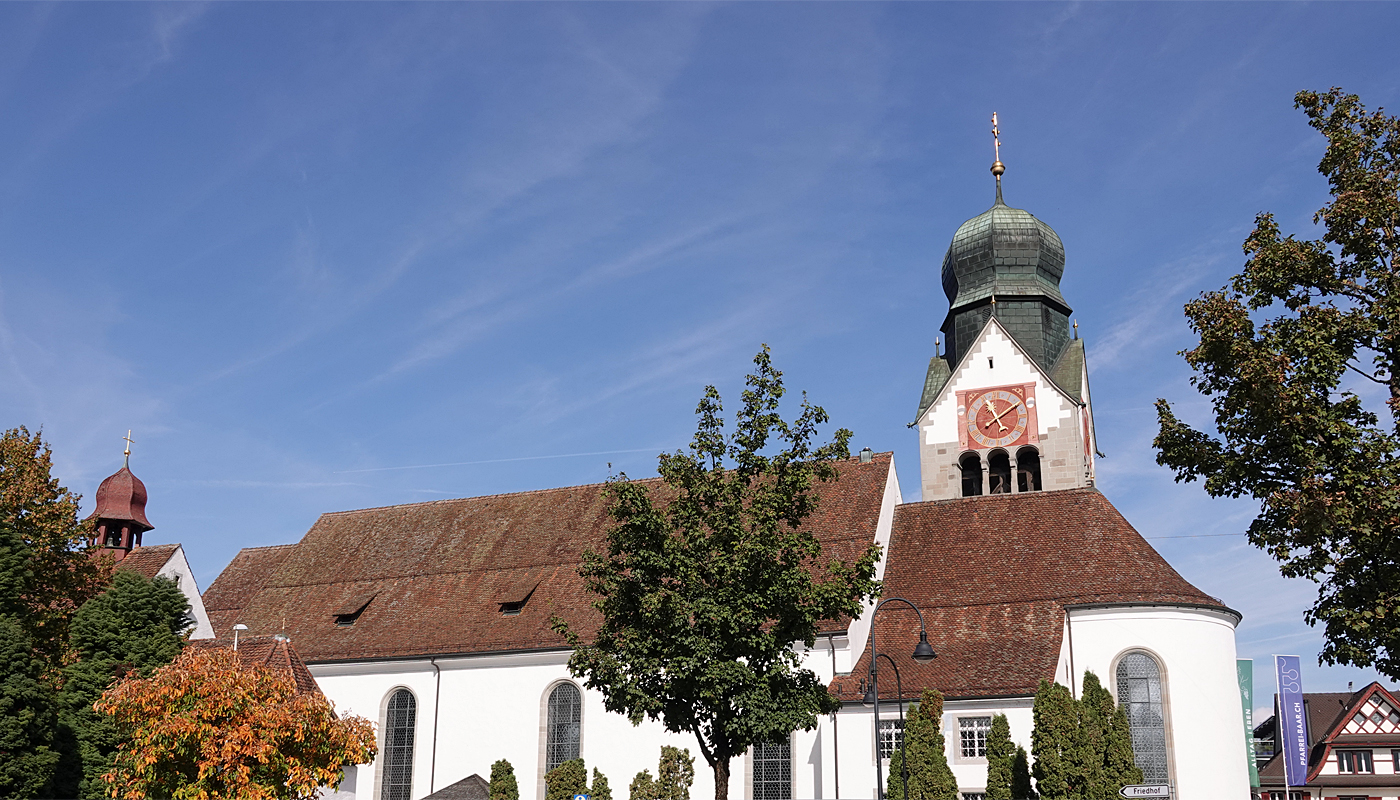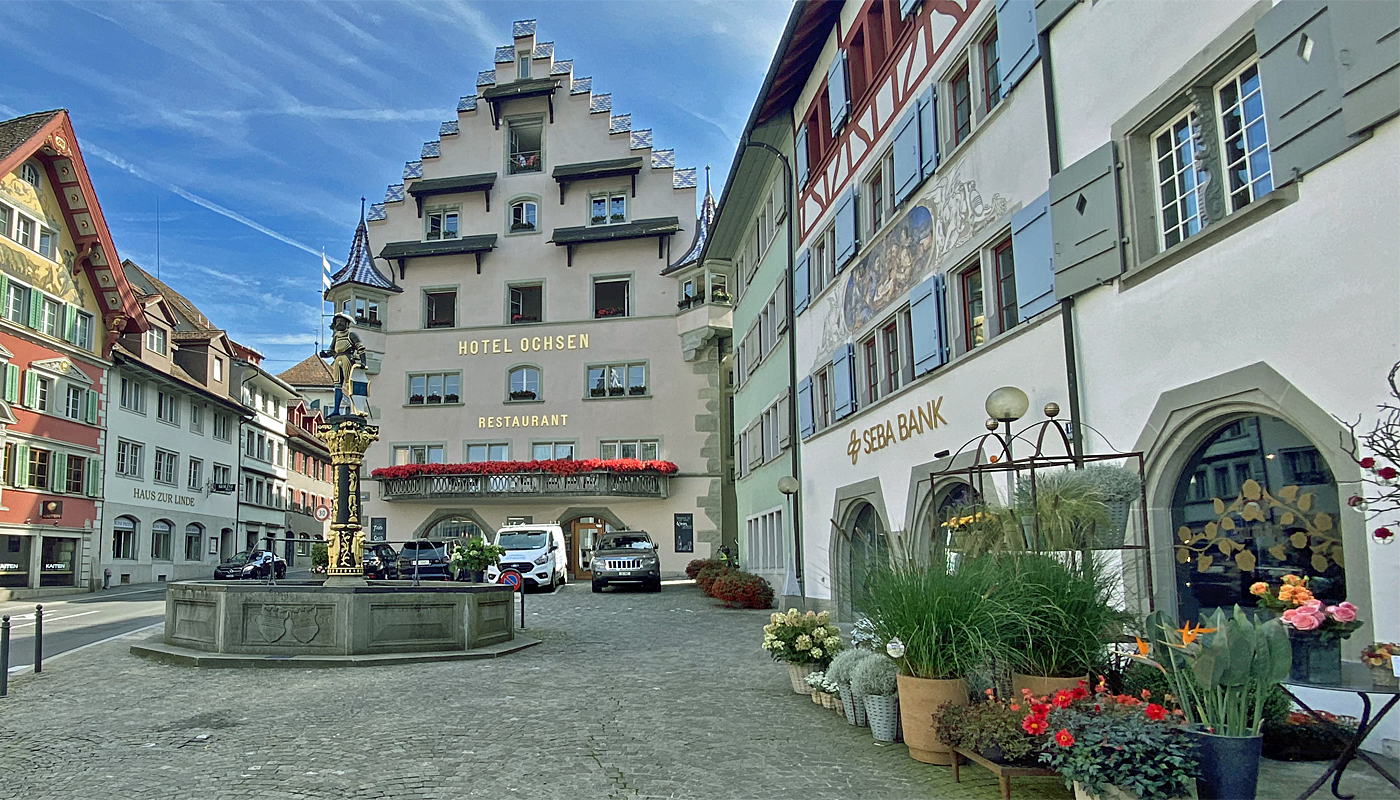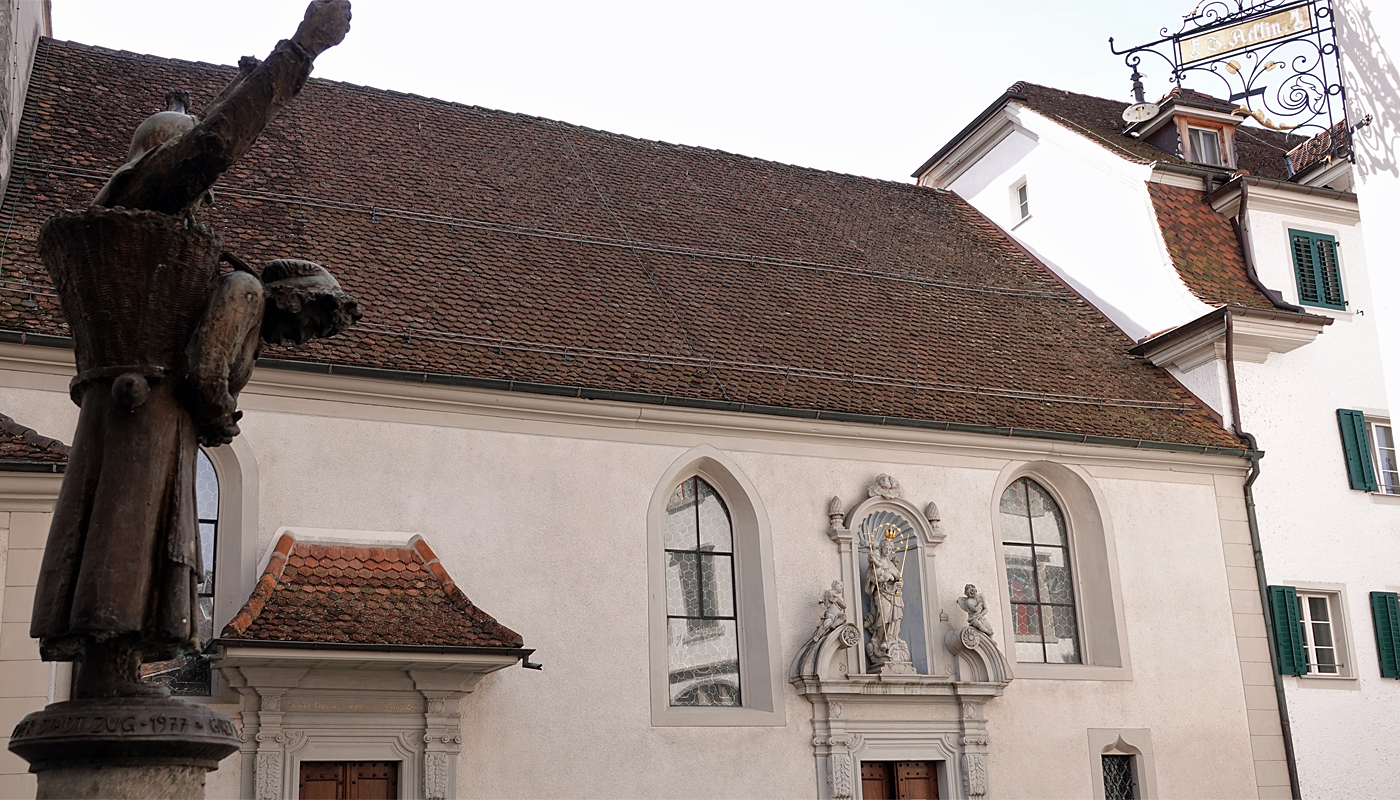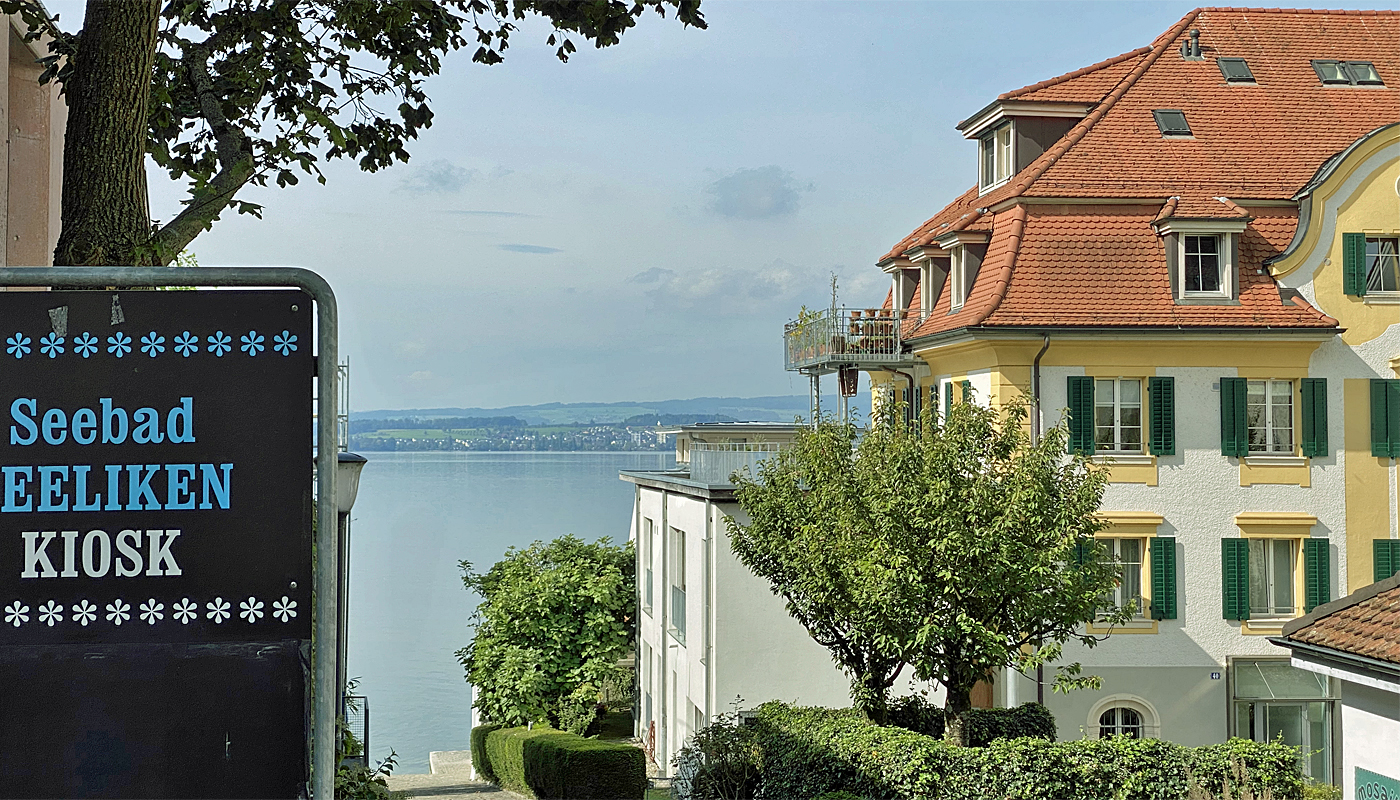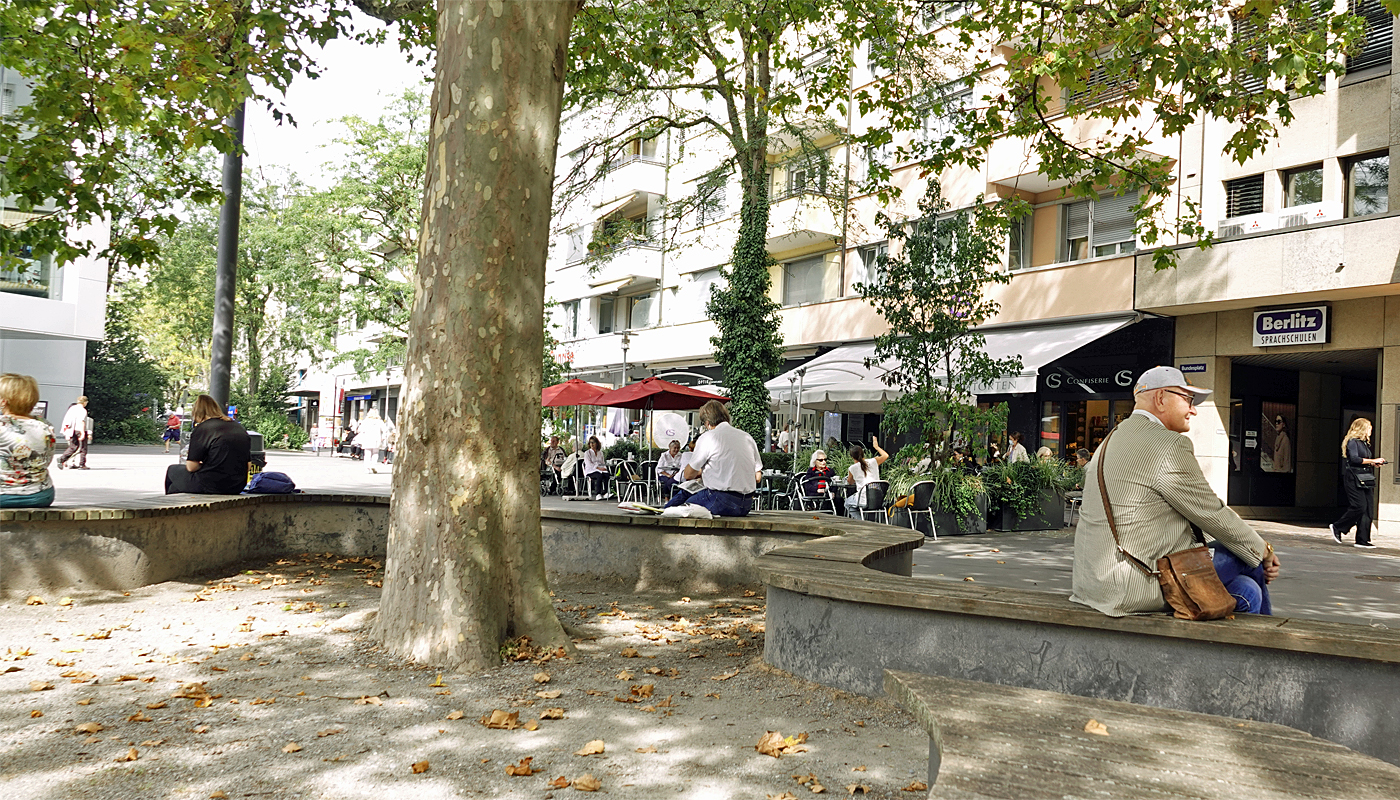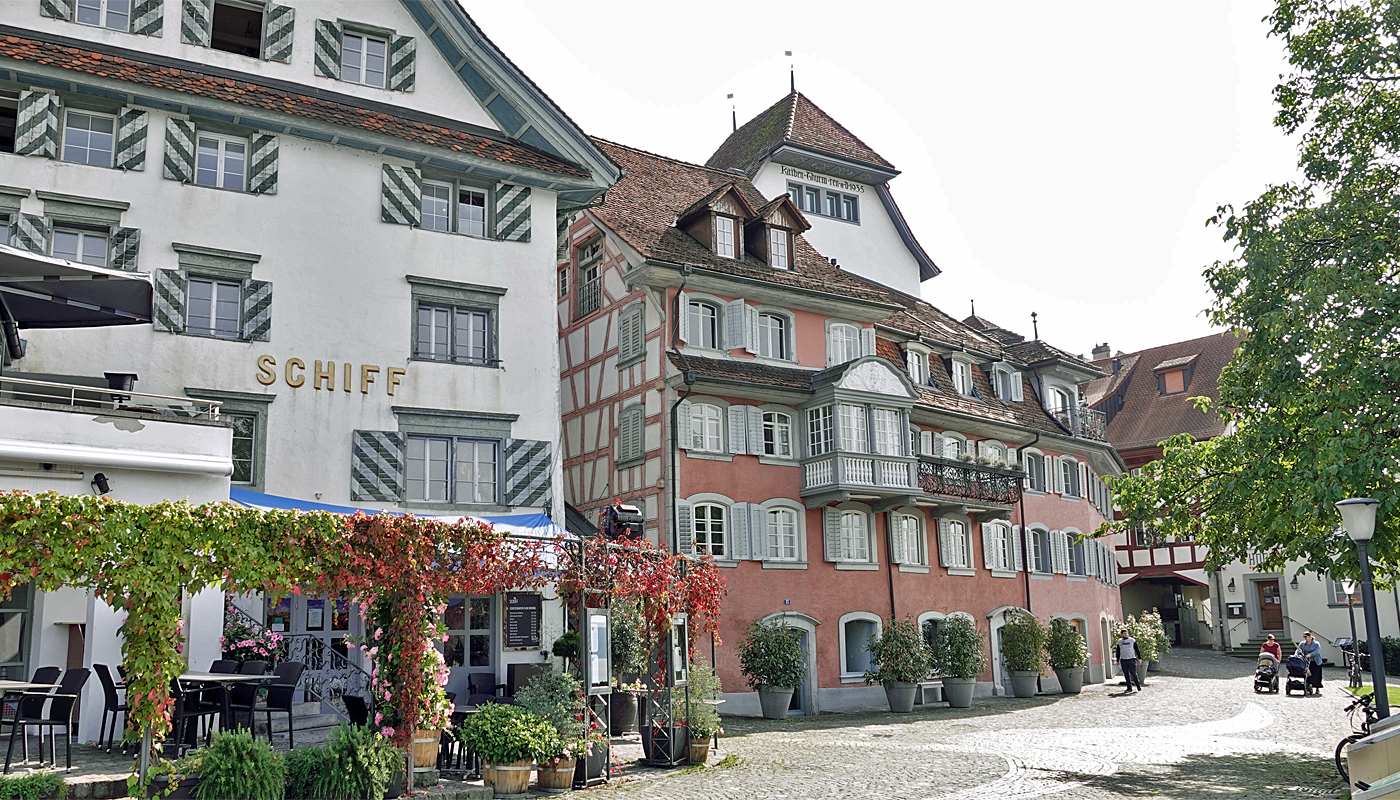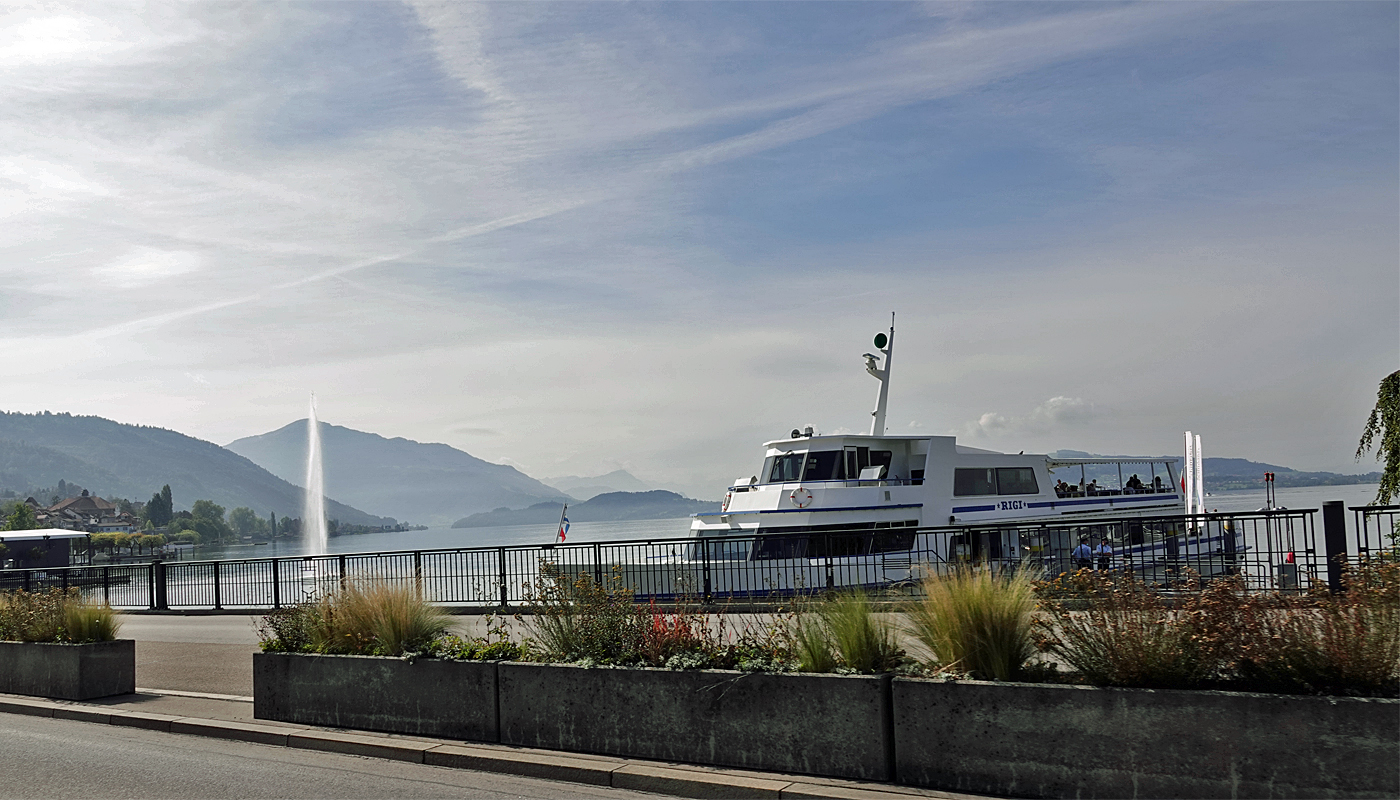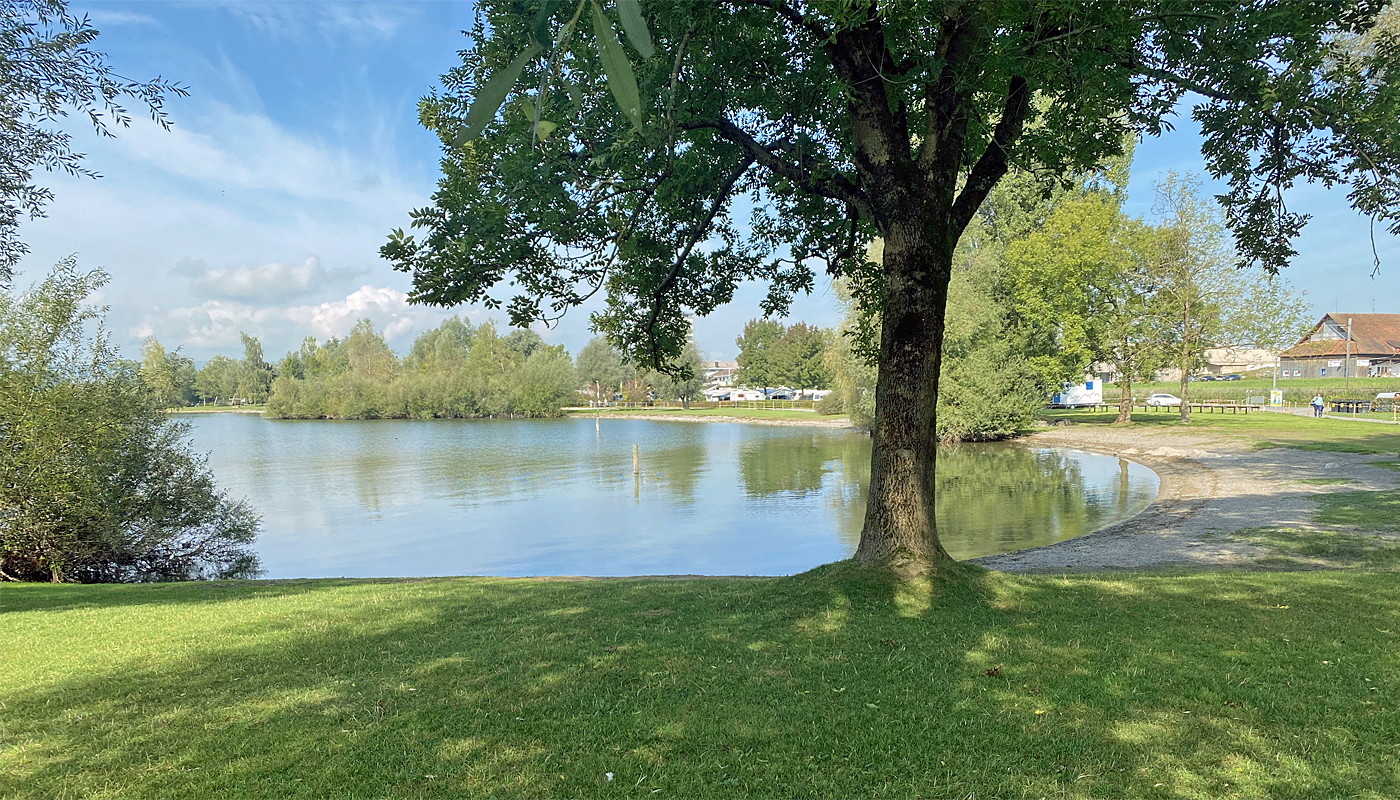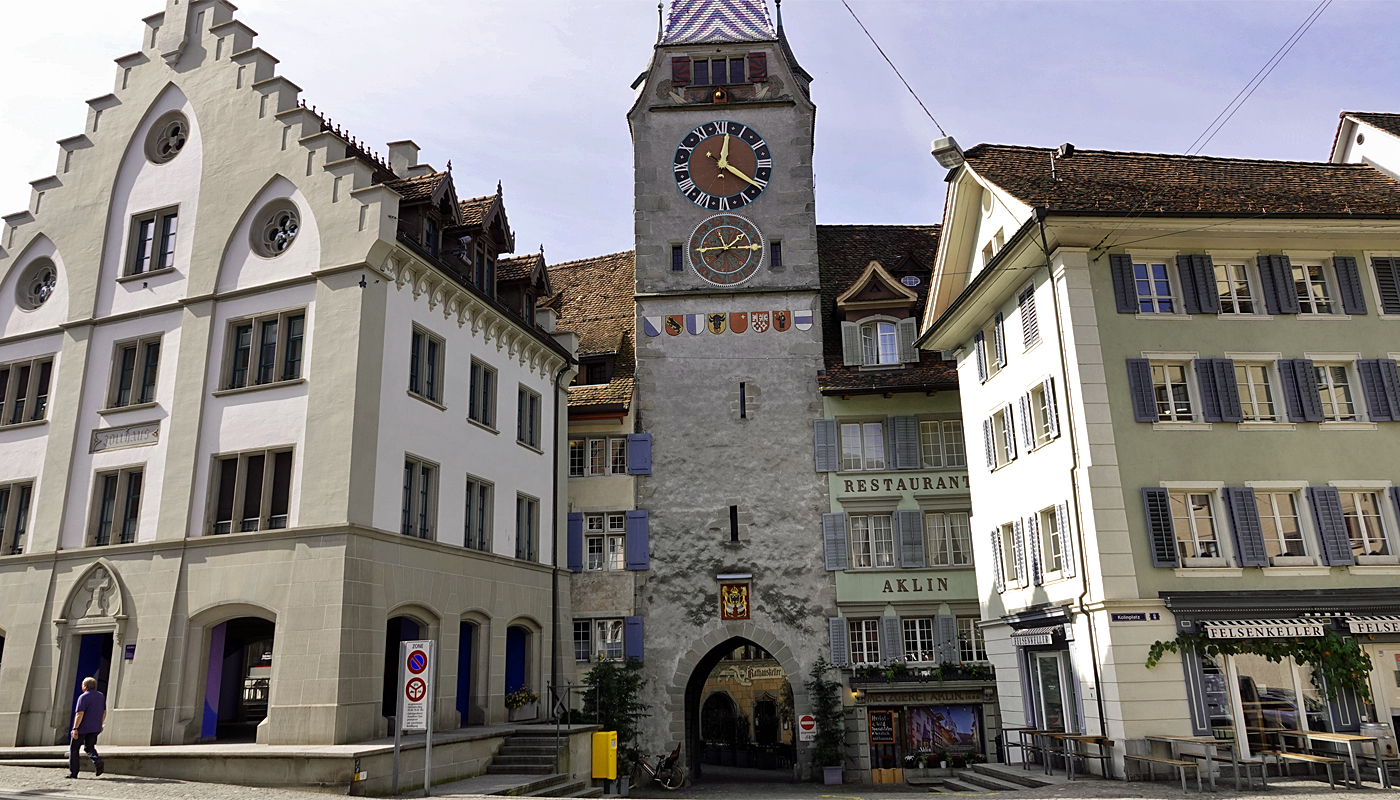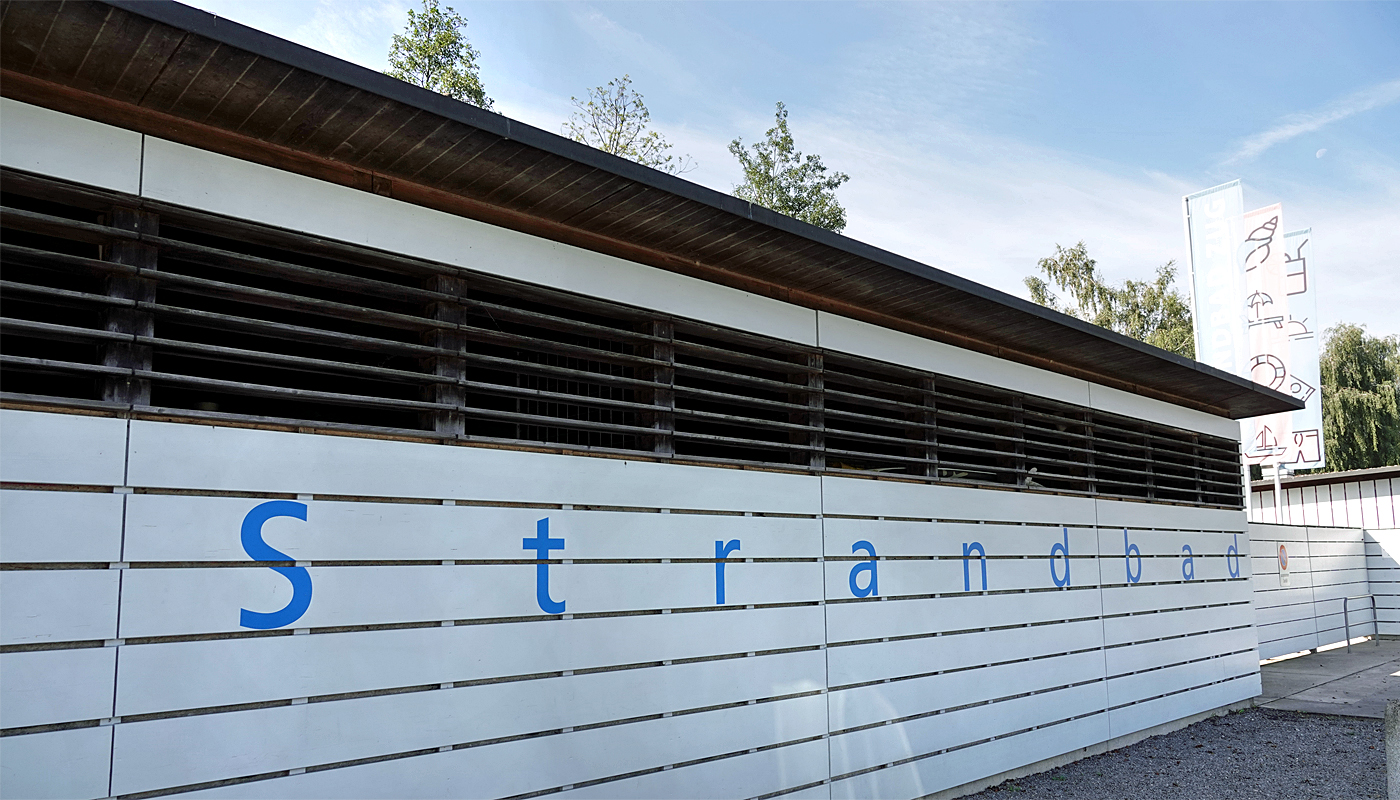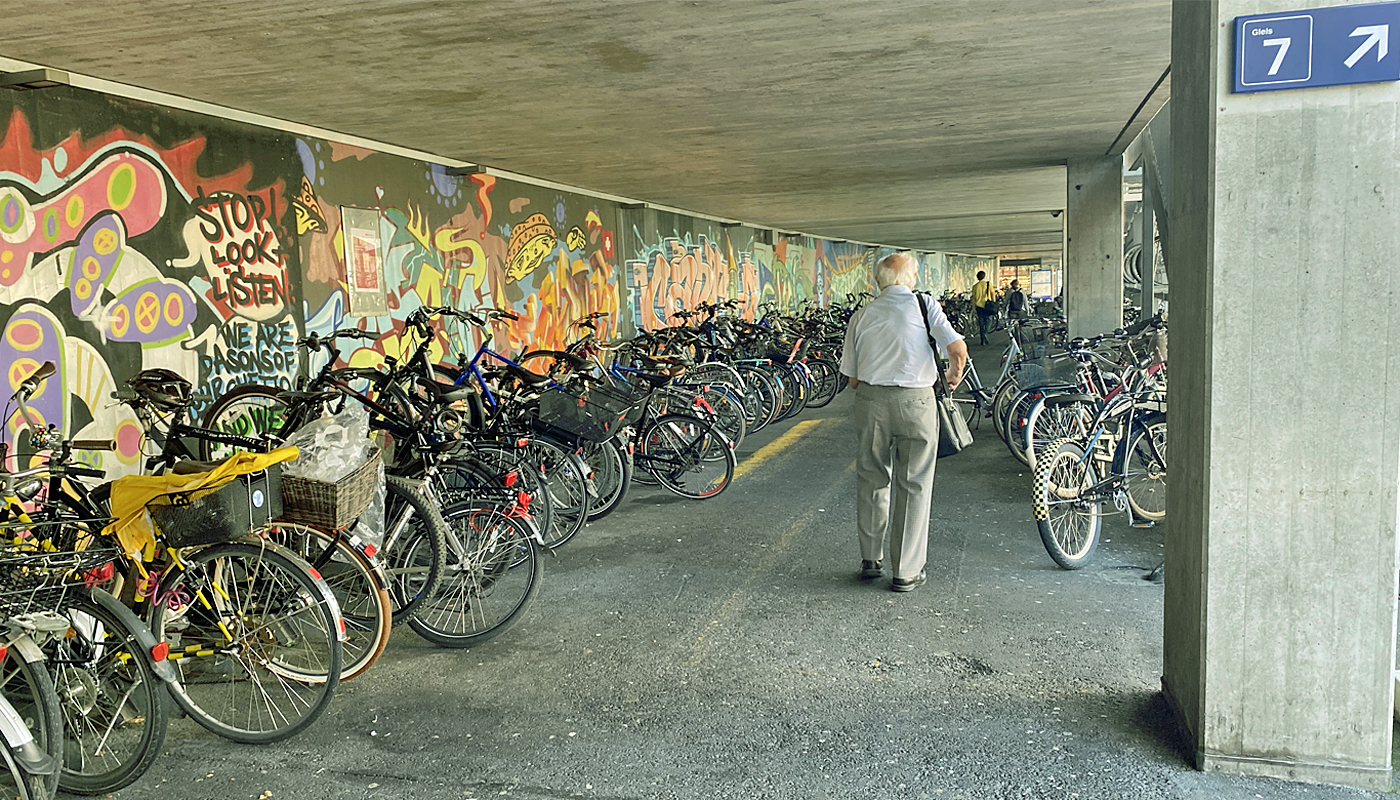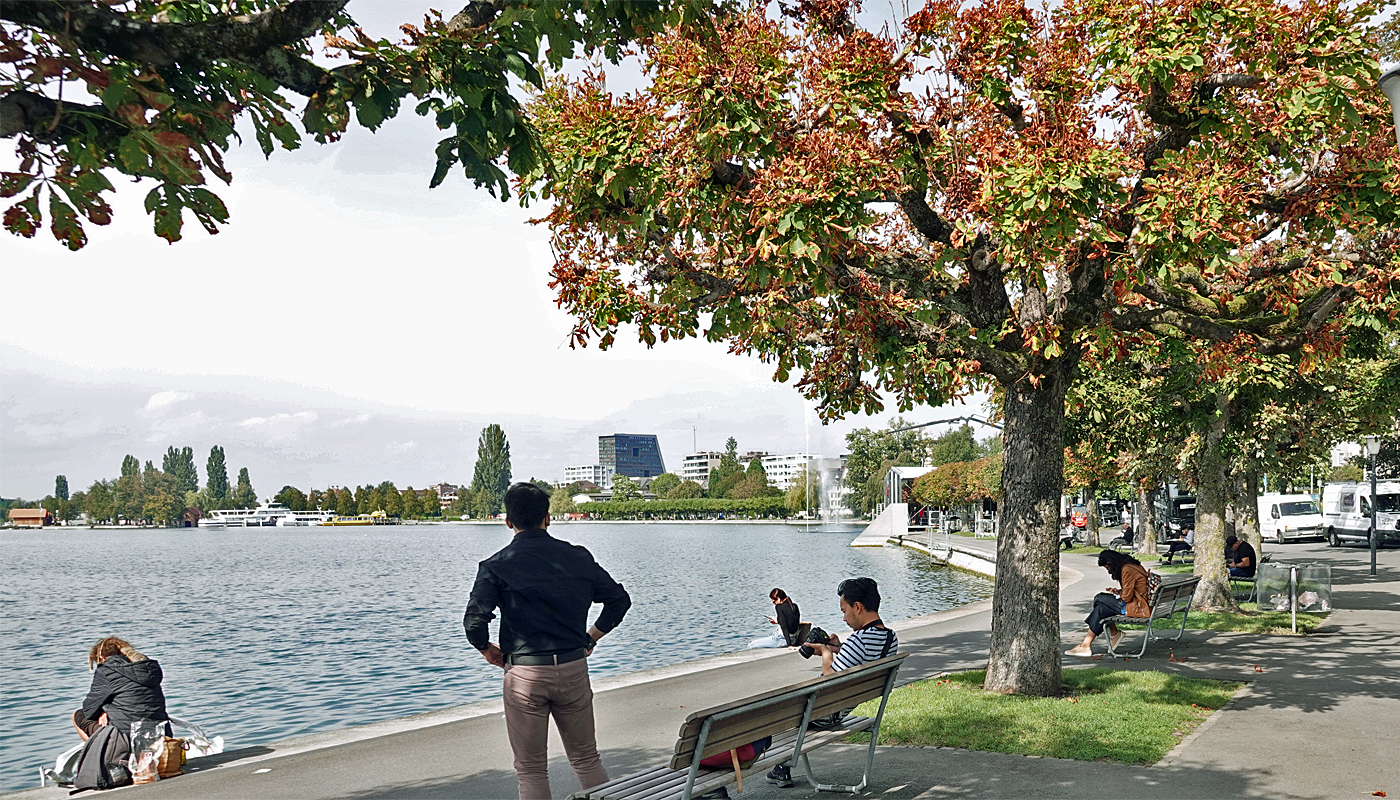Schools Zug: Information about Zug as a training location

1. where is Zug located?
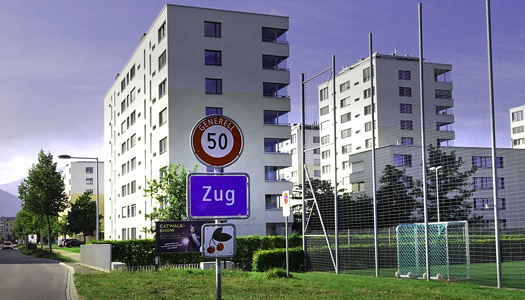
As the capital of the canton of Zug, Zug is also known as the city with a view of the Rigi and Mount Pilatus. Its location on Lake Zug enchants visitors with a beautiful view and beautiful sunsets. The town of Zug is nestled between the north-eastern shore of Lake Zug and the foot of the lower western slopes of the Zugerberg, in central Switzerland, in the Swiss Plateau. It lies 425 m above sea level (parts of the municipal territory reach 1,580 m above sea level) and 23 km south of Zurich. Along the northern shore of Lake Zug, the area encompasses an approximately 1 km wide strip of the Lorzene plain. Three watercourses flow from this alluvial plain into the lake. The geology of the municipality consists of a high plateau, various slopes and the upland moor as the most valuable nature reserve. In its development phase, the town consisted of only part of today's old town and the urban area therefore consisted of six rows of houses running roughly parallel to the south. The town was first mentioned in documents in 1242 and the Chapel of Our Lady in 1266. Today's suburb was once a suburban settlement. Archaeological finds and historical sources from the 14th century onwards prove that the town existed as a craftsmen's settlement with private susten and a mooring place for boats. Today, people from around 130 nations live in Zug - some of them have come as tourists and stayed in the town. The Zug region presents itself as Switzerland in miniature. And there is no lack of the Swiss Education System with numerous schools in Zug.
2. how big is Zug?
Zug has a population of over 30,600 and covers an area of 21.62 km2. The 33.8 km² municipal area covers a section on the north-eastern shore of Lake Zug, at the transition from the Swiss Plateau to the pre-alpine hilly landscape. A good tenth of the area is covered by Lake Zug, around a third by agricultural land and a little more by forest and woodland. The 11 km long lakeshore stretches from the bay east of Cham to the Lotenbach near Walchwil. The town of Zug consists of extensive commercial, industrial and residential areas in the Lorzene plain. The settlements of Lorzen, Kollermühle, Steinhuserbrugg and Ammannsmatt are separated from the actual urban area. The village of Oberwil, located south of Zug on the lakeshore, and the Räbmatt settlement as well as various farm settlements on the Zugerberg are also parts of the town. Zug has already grown together strongly with its neighboring municipality of Baar - as well as Steinhausen and Cham. In economic terms, Zug is regarded as Switzerland's tax haven, as it has the lowest tax rates in the country. This attracts multinational companies in commodities trading or the financial sector, holding companies, shell companies and trust offices. Of course, there are also a number of education providers in the form of "Schulen Zug", which provide the city and its catchment area with education and continuing education, further training.
3. how can I travel to "Schulen Zug" by public transport?
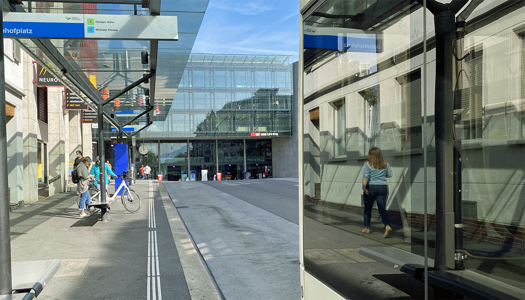
The town is located on the Zug-Lucerne and Zurich-Gotthard railroad lines. This means that Zug has good transport connections. This extensive and modern range of public transport makes it easier for prospective students to travel to schools in Zug. You can reach Zurich or Lucerne in 25 minutes by InterRegio. Zug is connected to the Zurich S-Bahn network, which ensures a dense network of local public transport routes. Bahnhofplatz is a central hub in the Zugerland Verkehrsbetriebe (ZVB) transport network. The Zug light rail system also helps to improve regional transport connections between Baar and Lucerne and from Zug via Walchwil to Erstfeld. There are a total of seven SBB stations and stops in the city. Between April and October, the Zugersee Schifffahrt provides alternative transportation to all the larger towns on the lake. The Zugerbergbahn (ZBB) takes around 6 minutes from the Schönegg valley station to the Zugerberg. On the mountain or on the lake, students can recover from strenuous days of studying at "Schulen Zug".
4 How do I get to my school in Zug by private transport?
The city of Zug is connected via the A14 highway and its "2 Zug" and "3 Baar" junctions. This means that prospective students can reach "Schulen Zug" easily, quickly and individually. The journey time to Zurich-Kloten Airport is approximately 40 minutes by car. The distance from Zug to Zurich is 35 km (approx. 35 min), to Lucerne 25 km (approx. 30 min), to Basel 109 km (approx. 1.5 h), to Bern 136 km (approx. 1 h 45 min) and Geneva 290 km (approx. 3.5 h). There is a parking guidance system in Zug that leads you to all important parking garages, such as the Frauensteinmatt, GIBZ, Metalli, Foyer and Aare parking garages. Other important parking spaces can be found at the Parking Stadien, Neustadtplatz, Vorstadt, Hafen Ost or Casino. This way, students can get to their school in Zug individually and relaxed.
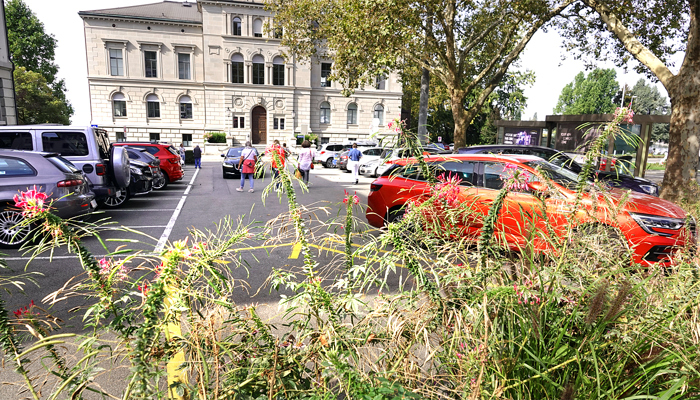
5 "Schools Zug": What does the education location offer?
The educational location of Zug offers numerous training and further education opportunities. The educational landscape with the schools in Zug focuses on lifelong learning. In addition to primary and secondary schools, Zug is also home to day schools, remedial schools, a music school, a craft school, an art school, language schools, a boarding school, private schools, special schools, transitional options, cantonal grammar schools, cantonal middle schools, cantonal schools, technical schools, vocational schools, vocational colleges, Colleges of Higher Education, Universities of Applied Sciences, the Swiss School of Technology and Management, University of Teacher Education Zug, Agricultural Education and Advisory Center and other adult education options. The study and education libraries for the city and canton of Zug support students at Zug schools - they also demonstrate the importance of Zug as an educational location.
6. "What food options are there in Zug?
After attending school in Zug, you can look beyond the gastronomic horizon - there are fish restaurants, pizzerias, Italian restaurants, gourmet temples, inns, excursion restaurants and even simple kebab stands. You can feel the open mentality and genuine Zug hospitality. A large selection of restaurants, bars, pubs and clubs awaits students and other visitors. The cherry is a symbol of the city of Zug - whether at the Chriesimärt, in the Zuger Kirschtorte, in Zuger Kirsch, in Kirschstängeli, as syrup, as jam or Zuger Röteli. Alternatives are fine almond cookies in the form of chars - called Zuger Röteli - or Speckli. The oldest chocolate specialty is Zugerli, invented in 1935 - a biscuit soaked in kirsch - with a thin Japonais base on top and bottom. Well-known drinks include pressed apple cider, millet beer and fine local wines. In addition to fine fish dishes, there are also numerous cheese specialties, Zuger Chriesiwurst and traditional coffee specialties. Another traditional recipe is Zuger Chabisbünteli - a kind of cabbage rolls. Enjoyment and chrisi specialties are therefore guaranteed after a visit to the schools in Zug.
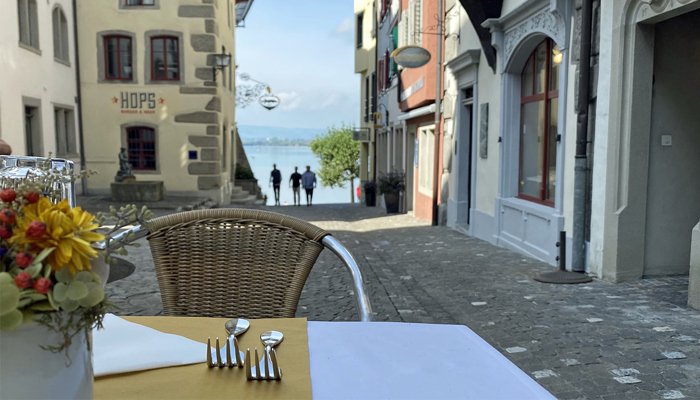
7 What can be done after school at schools in Zug?
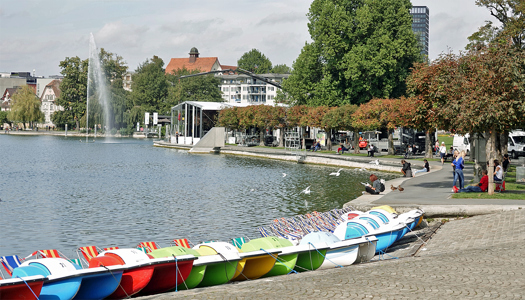
After classes at schools in Zug, you can enjoy more than just Lake Zug, including boat trips and views of the Rigi and Pilatus. For example, art in public spaces - over 100 works of art by locally, nationally and internationally renowned artists are scattered across the city. The charming historic old town offers winding, narrow alleyways and the 52-metre-high Zytturm tower from the 13th century. Zug's old town also boasts a late Gothic town hall and the church of St. Oswald - both built around 1505. Painted rows of houses, pretty boutiques, the Hechtbrunnen fountain, Liebfrauenkapelle chapel and the fishing museum. The town of Zug is also home to several towers - the Powder Tower, Knopfli Tower and Capuchin Tower - as well as the town wall of the monastery, Kolinplatz with fountain, the Guardian Angel Chapel, Kunsthaus, Burg Museum, Casino, Seeliken lakeside resort, lido and boat harbor. The lakeside promenade, the Brüggli recreation area, the pheasantry and aviary on the lakeshore as well as the Landesgemeindeplatz are perfect for a stroll. Such excursions allow students to quickly recover from "Schulen Zug".
